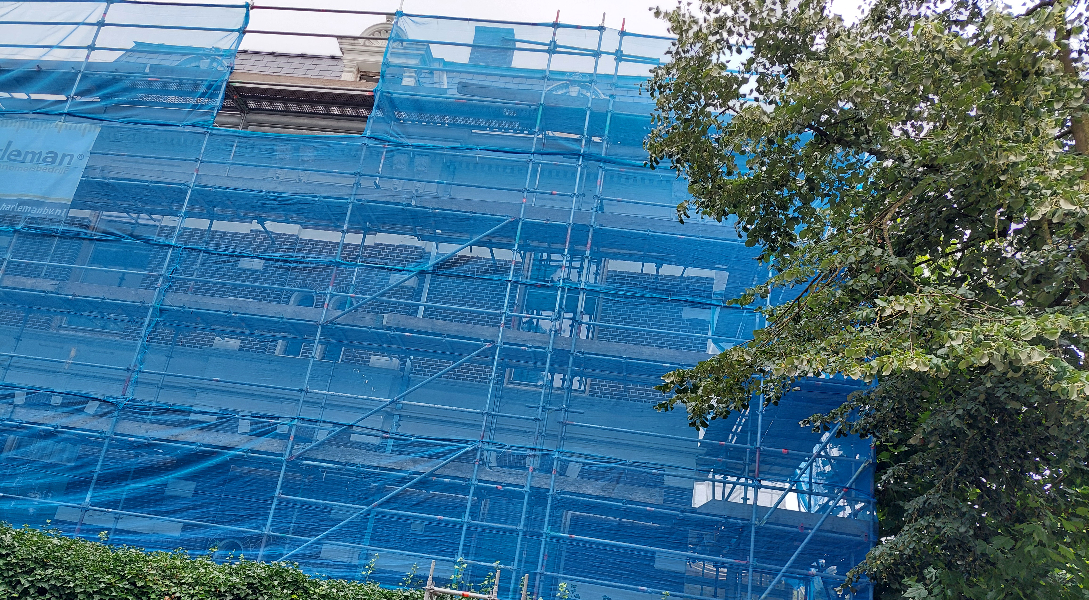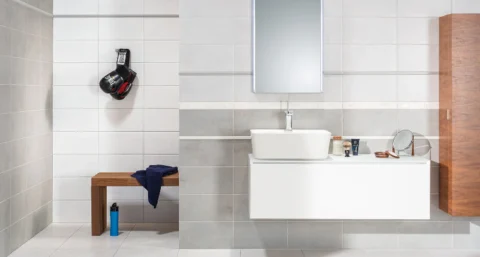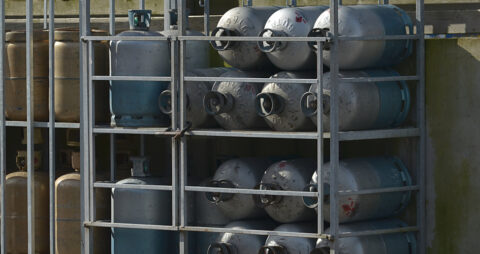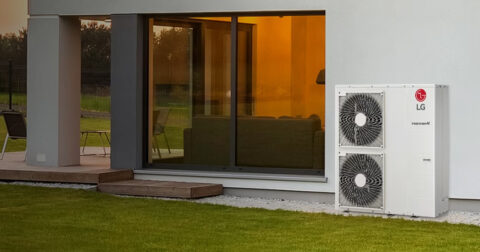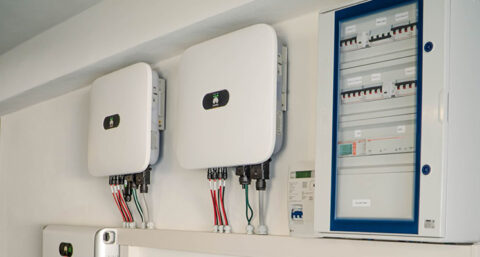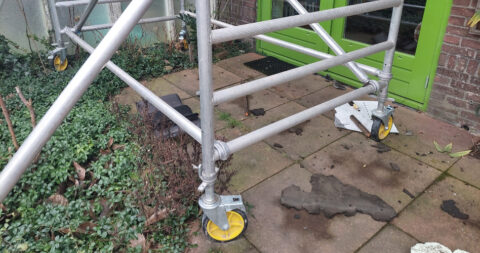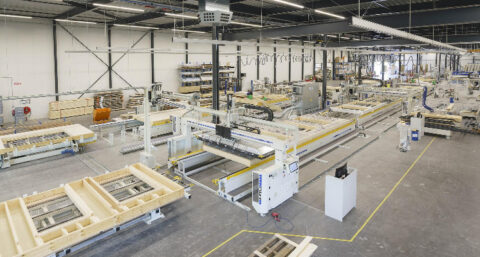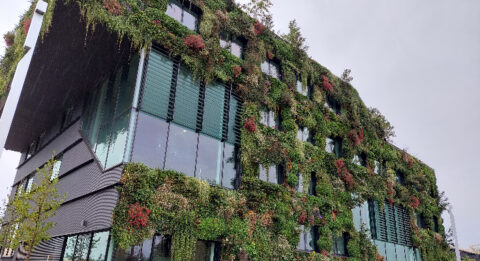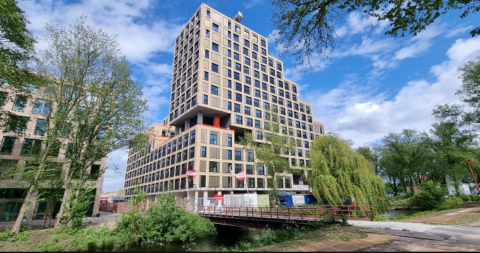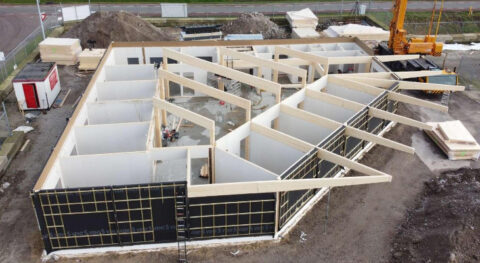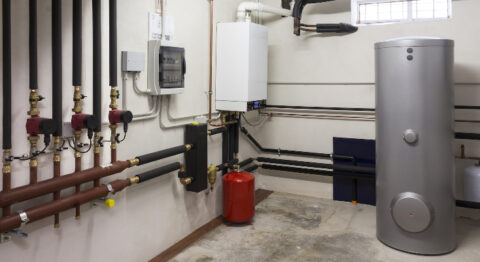Many old buildings have been renovated in the past, often in connection with expansion. But sustainable and healthy building did not receive much attention until a year or so ago, so that in many cases the indoor climate remained poor and energy consumption high. Today, renovation looks very different: sustainability is a top priority. Five guiding principles help.
1. It starts with insulation
For many existing, somewhat older buildings, insulation is the first and biggest hit. By improving a building's thermal efficiency, energy bills go down immediately.
2. Examine what is allowed and possible
Take stock of what is possible. With a monument, the exterior must often be preserved. If that is not prescribed, then a prefabricated facade can be considered. Or new window frames, allowing HR++ or triple glazing to be installed. If the original look of the building must not be changed, look for products or materials that leave the appearance of the facade intact.
3. Choose recycled (and/or recyclable) materials
Lots of materials and products are excellent for recycling, and there is an ever-increasing supply. Roof tiles, plumbing, steel, bricks: increasingly you can choose used products and materials. Are there no recycled alternatives available for certain parts, so you end up with new? Then at least make sure that the parts/materials are recyclable, at least then they can be reused in the future.
4. Attention to health
Particularly in old buildings that have never had anything done to them, a renovation offers an opportunity to include the health aspect. Ventilation is often poor, as gaps allow for "natural ventilation" (read: cold and drafts), which brings cold and drafts. An outdated ventilation system may also fail, resulting in unhealthy air and sometimes mold. In that case, installing a modern ventilation system will greatly improve the indoor environment. The use of bio-based materials also has a positive effect on the health of a building's occupants.
There are also a variety of products that encourage the survival of animals in a built environment. A facade renovation is a great opportunity to install nesting stones for birds or entrance stones for bats, for example.
5. Reduce carbon emissions.
One of the important reasons to renovate is to reduce a building's carbon footprint. Often, reducing the carbon footprint and reducing energy consumption go hand in hand, as well as having a beneficial impact on the life and well-being of the building's occupants. A building or other company can demonstrate through a CO₂ Awareness Certificate that they are actively saving energy and using materials efficiently in a conscious manner in order to reduce CO₂ emissions. The CO₂ certificate is part of the CO₂-Performanceladder. Using that tool, organizations can reduce their CO₂ emissions.

